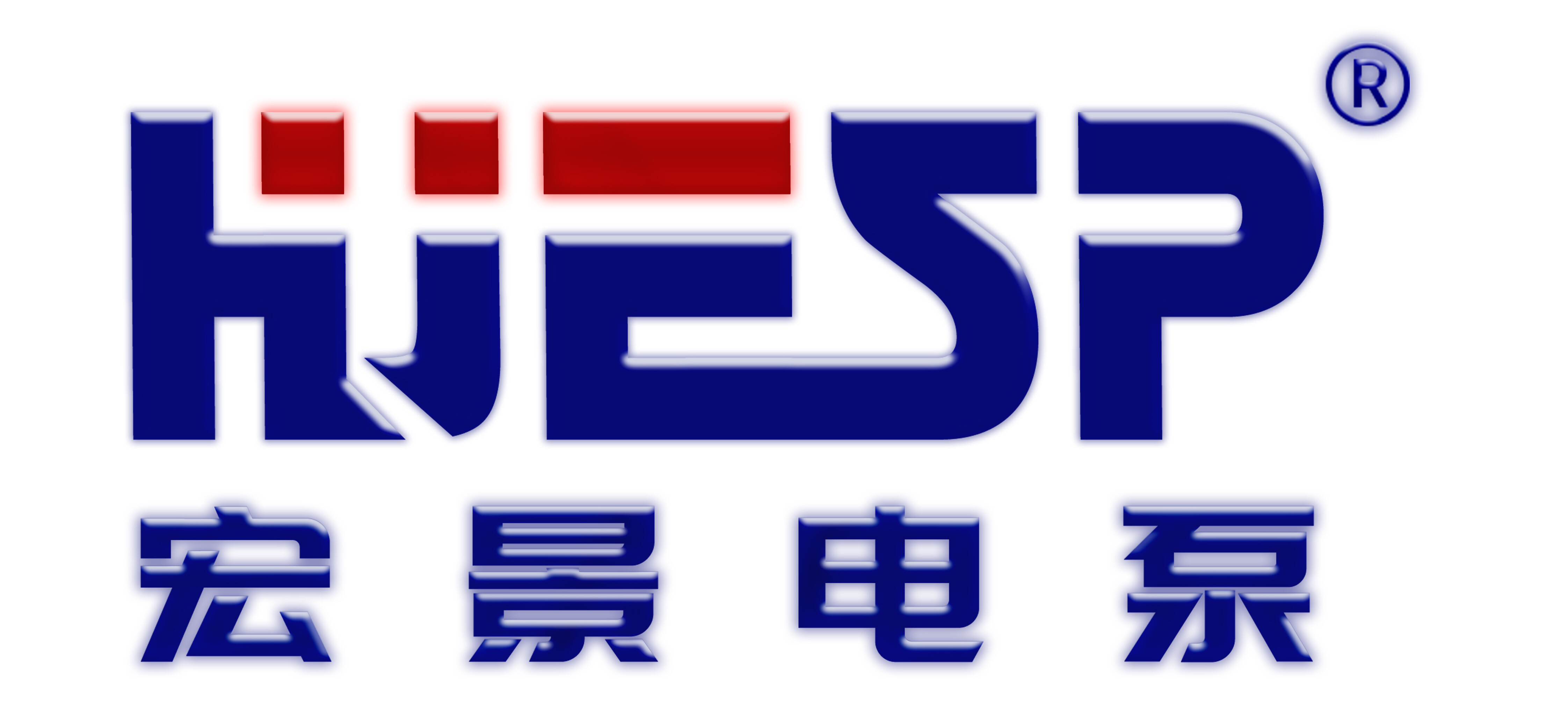Submersible power cables: the core solution for power transmission in the deep sea
Submersible power cables: the core solution for deep-sea power transmission
With the continuous advancement of marine resource development and deep-sea engineering, submersible power cables are playing an increasingly important role as key infrastructure. This type of cable not only needs to operate stably in high-pressure and high-salinity underwater environments, but also must have excellent oil resistance and corrosion resistance to meet diverse application requirements.
What is a submersible power cable?
Submersible power cable is a power transmission device designed for underwater environment, mainly used to connect offshore platforms, submarine equipment and land power grid. Unlike ordinary cables, it needs to have stronger mechanical strength and pressure resistance to cope with the challenges of deep sea environment. In addition, submersible power cable also adopts multi-layer sheath technology to ensure stable operation in high pressure and salt water environment.
Core advantages of multi-layer sheath technology
Multi-layer sheath technology is one of the core designs of submersible power cables. This technology effectively blocks the corrosion of seawater and external pressure on the cable by adding multiple protective layers to the outer layer of the cable. For example, oil-resistant MLE cable has special oil-resistant materials added to the sheath, which can resist corrosion from oil and chemicals and extend the service life of the cable.
Application scenarios and market demands
Submersible power cables are widely used in offshore oil exploration, wind power generation, submarine communications and other fields. In offshore oil exploration, cables need to transmit electricity from the platform to the submarine equipment, while also withstanding extremely high water pressure and oil pollution. In offshore wind power generation projects, cables are responsible for transmitting electricity from wind turbines to the land power grid to ensure efficient transmission of energy.
Future development trends
With the continuous advancement of deep-sea engineering technology, the performance requirements of submersible power cables are also increasing. In the future, cable manufacturers will pay more attention to material innovation and process optimization, such as developing higher-strength insulation materials and lighter designs to meet the higher requirements in deep-sea environments.
In short, as the core solution for deep-sea power transmission, the continuous improvement of technology and performance of submersible power cables will provide more reliable guarantees for the development and utilization of marine resources.
